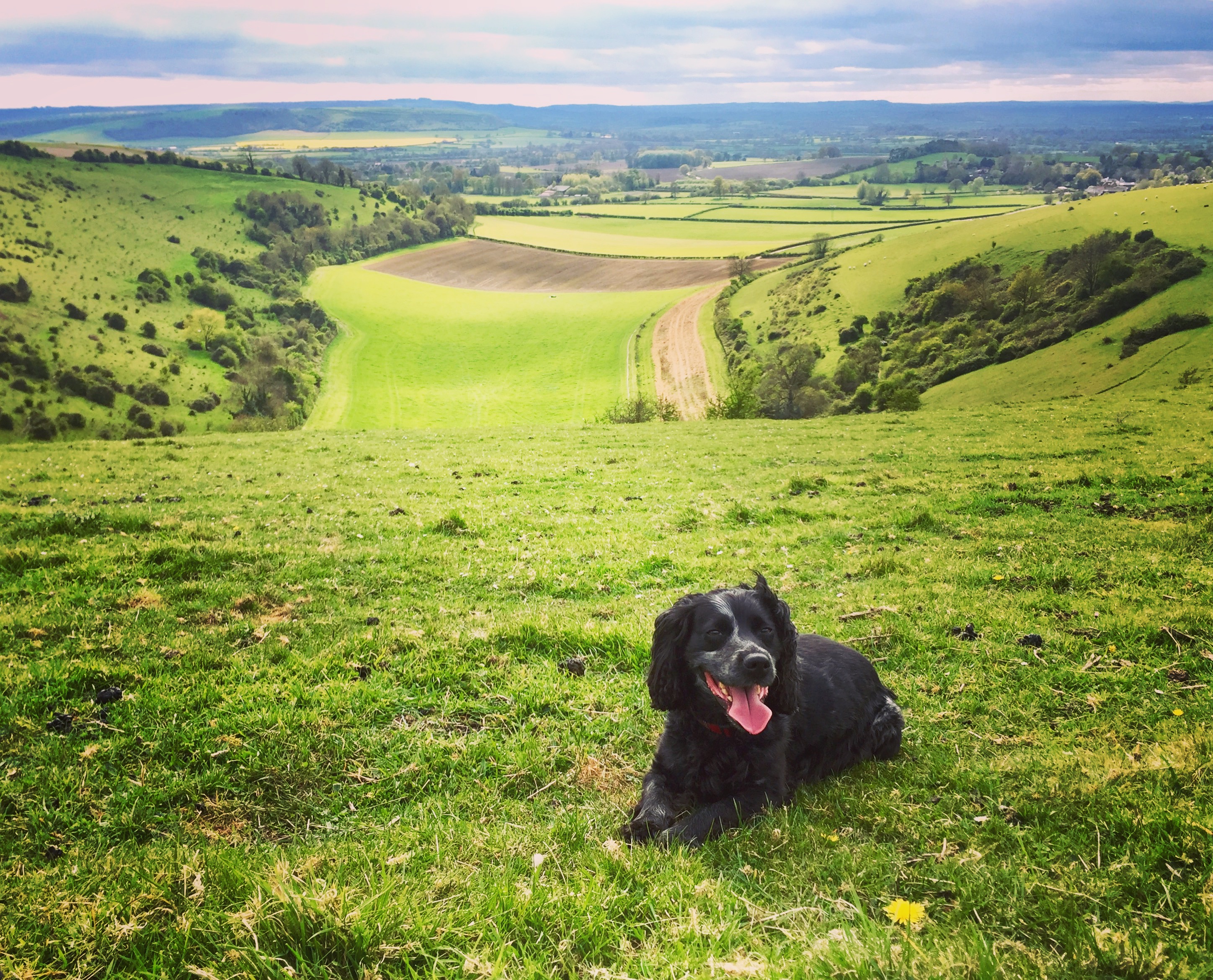Spring is officially here. So here’s to more daylight and even more adventures with your dog. Whether you’re out in the fields or bouncing around the garden, there are a few spring dangers to look out for to help keep your dog safe. Here’s our top tips…
Look out for livestock
Spring dog walks might take you in and around farmland. Just remember to take care near livestock as they’ll be wary of dogs they don’t know. It’s also a pretty important time of year for sheep and lambs, so keep your dog on the lead when you’re nearby – the last thing you want is your pup running after animals and getting you in trouble. It’s also worth noting that cattle can get pretty aggressive around dogs, especially when they have calves.
Chocolate is not on their menu
It might be tempting to treat your pup to a chunk of choc (especially if you’ve still got a cupboard full of Easter eggs). However, chocolate contains a substance called theobromine, which is actually toxic to them and can cause serious illness. And the higher the cocoa content of the chocolate, the more theobromine it’s likely to contain – even a tiny amount of dark chocolate is dangerous for a small dog. If your pup eats chocolate by accident, it’s best to call your vet. Read them the ingredients list and they’ll advise you what to do next.
Stay clear of poisonous plants
It’s great to watch the garden grow in spring. But as beautiful as they are, some plants and flowers can be harmful to dogs – especially if eaten. Inquisitive puppies are often the guilty ones, but keep an eye on older dogs too – if they still enjoy chewing the odd blade of grass, they might decide to try out a plant as well. Spring bulbs like Daffodils, Hyacinths and Tulips are all dangerous to dogs. You’ll also want to keep them away from Foxgloves, Bleeding Hearts, Bluebells, Hellebores and Crocuses. There’s a full list of dog-unfriendly plants here.
Take care with garden chemicals
Longer spring days often get us outside tackling those garden to-dos. Remember that weedkillers, slug pellets, pesticide sprays and other chemicals can all be poisonous to dogs. So take extra care not to use them in areas your dog can reach and to store containers safely out of their way too. It’s also a good idea to stop your dog roaming into neighbours’ gardens where they might come in contact with dangerous chemicals.
Keep an eye on insect stings and bites
Some dogs can actually have quite bad reactions to insect stings. Wasps, bees and other biting or stinging insects all start to make an appearance this time of year, so try to keep your pup away from them. The most common area to be bitten or stung is on the nose or face as they sniff about – it can cause considerable swelling (which might look a little scary) and can be pretty uncomfortable too. The best advice is to get your dog to the vet if you notice swelling, discomfort or pain. They can easily be treated and their symptoms relieved.


If walking in countryside with dog check them closely after every walk for ticks! These can find both you and your dog whether off lead or not! They are mostly found on grassland used by sheep but muntjack deer can be found in towns now close to countryside. They don’t mind who to join and can make humans very ill as well as dogs!!!
These are very useful tips, thank you.
Also, please be aware of Adders!!
My 2 year old working Cocker Spaniel trod on a very sleepy black adder in the forest in early March. Thankfully, after an emergency visit to the vet, he is now fully recovered !!!